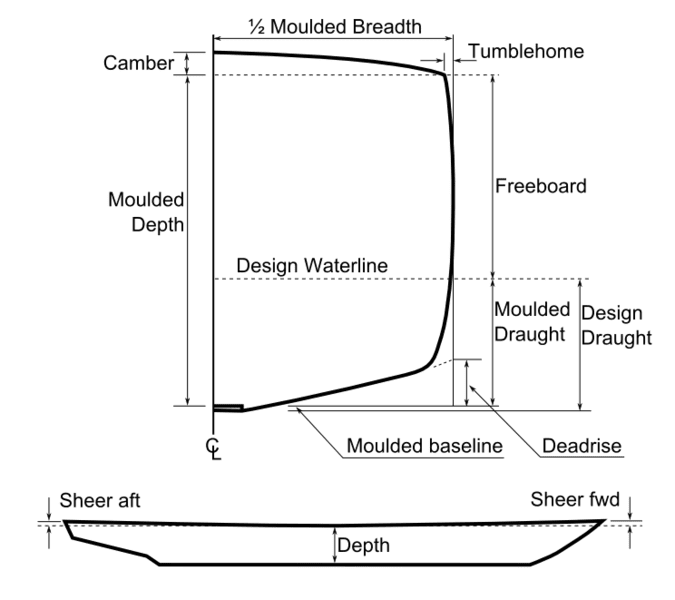
Carbon is usually typecast as a villain in terms of the environment but researchers at the University of Warwick have devised a novel way to miniaturise a technology that will make carbon a key material in some extremely green heating products for our homes and in air conditioning equipment for our cars.
Most domestic heating and automotive air conditioning requires a lot of energy. Domestic space heating and hot water account for 25% of energy consumption in the UK. Across the EU, vehicle air conditioning uses about 5% of the vehicle fuel consumed annually, and within the UK it is responsible for over 2 million tonnes of CO2 emissions.
To combat global warming, new technologies to reduce these emissions are vital. Researchers at the University of Warwick have been working on practical solutions for many years and are now developing new energy saving technologies.
In houses, the best condensing boilers are about 90% efficient. There are electric heat pumps on the market that use electricity to extract heat from the outside air or the ground to heat homes more efficiently, but the electricity used still incurs large CO2 emissions at the power station. Researchers have long been aware of a much more energy efficient way to drive heat pumps (or air conditioners) using adsorption technology. This uses heat from a gas flame or engine waste heat to power a closed system containing only active carbon and refrigerant. When the carbon is at room temperature it adsorbs the refrigerant and when heated the refrigerant is driven out. A process which alternately heats and cools the carbon can be used to extract heat from the outside air and put it into radiators or hot water tanks. In the case of air conditioning it extracts the heat from the inside of the car. The major snag has been that adsorption technology to date would need to be roughly 300 litres in volume for a car air conditioner and larger for a heat pump to heat your house. Clearly that is not going to fit into a car and the volume of unit required for domestic heating probably couldn’t fit under your stairs at home either…
However University of Warwick researchers have made a breakthrough in adsorption systems design that dramatically shrinks these devices making them small and light enough for use in both domestic heating and automotive air conditioning. They have devised and filed a patent on a clever new arrangement that distributes thin (typically 0.7mm thick) sheets of metal throughout the active carbon in the heat exchanger. Each of these sheets contains more than a hundred tiny water channels (typically 0.3mm in diameter) designed to make the heat transfer much more efficient. This has enabled the Warwick team to create adsorption based equipment that is up to 20 times smaller than was previously possible.
![Reblog this post [with Zemanta]](http://img.zemanta.com/reblog_b.png?x-id=87e59981-2646-4d75-b61b-9ba81123eeb6)








